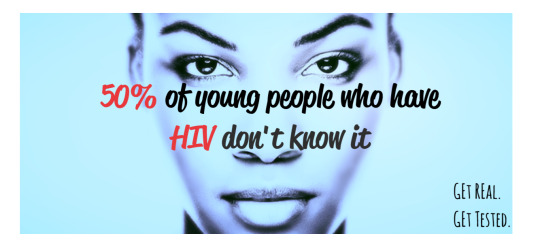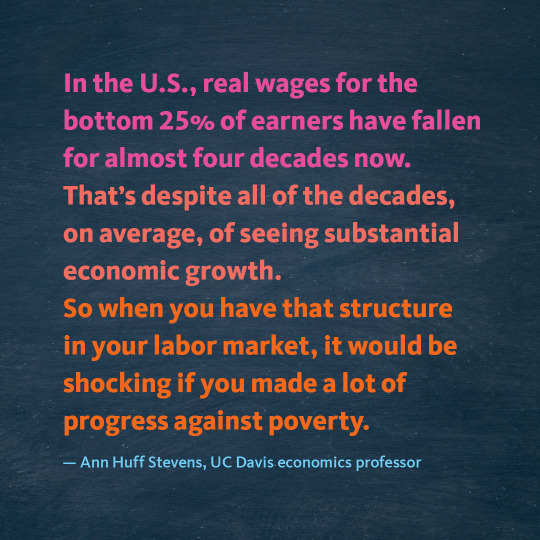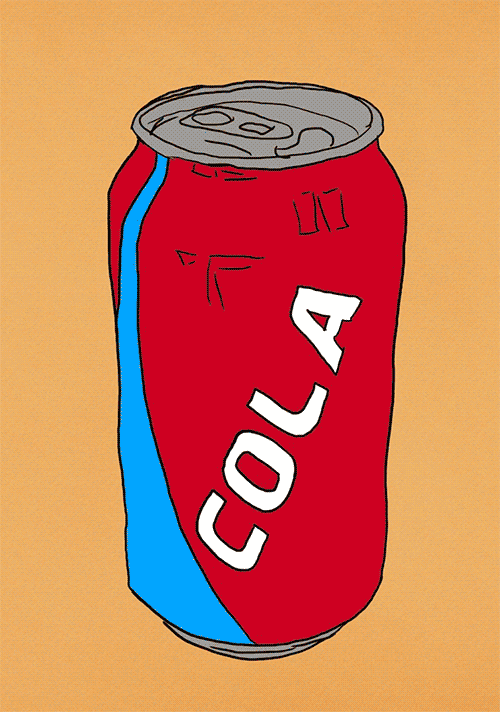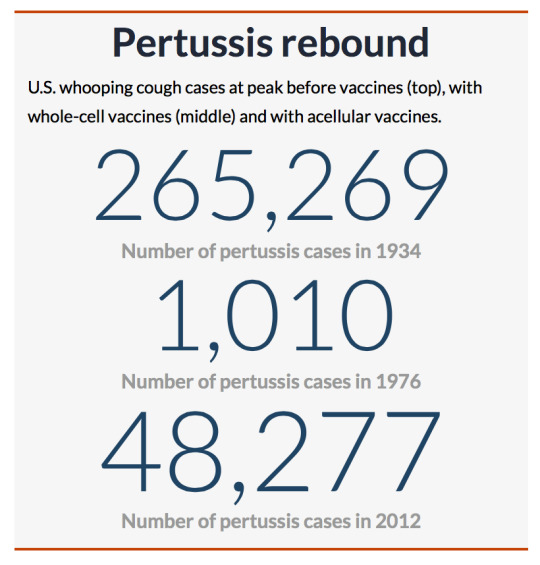Video
tumblr
Traditional is now trendy: Sweet potato production has doubled over the past 15 years. More than half of America’s sweet potatoes were lifted by hand from the soil of North Carolina. It’s some of the most back-breaking farm work to be found, and migrant laborers do most of it.
Behind Your Holiday Sweet Potato Dish, Hard Work In The Fields
Photos: Dan Charles/NPR
302 notes
·
View notes
Photo

Stop HIV/AIDS in Our community Program
Not to act is to act. Not to speak is to speak. D.R.
Over the last couple of weeks I have been learning about HIV/AIDS. We, my team and I, have been working on multiple projects with our local health department to get the word out about HIV/AIDS in our community. We have been given a wonderful opportunity to work with a program called S.H.O.P. or Stop HIV/AIDS in Our community Program. This program engages barbershops and hair salons to provide free condoms and education materials to their clients from the Health Department. Initially, the S.H.O.P. program seemed like an odd partnership. I never have considered my own hair salon as a place to obtain health information, and especially not on such taboo topics as sex and STIs. But once you think about it, this partnership makes so much sense! You are engaging and teaching hair stylists and barbers-people who are in the community already, who already have a foothold and personal relationships within the community, whose very job is to engage people in conversation all day everyday- to engage their clients in discussions about their health.. I mean, you trust these people with your hair and that is a big deal.
We still are facing many barriers for young people to get sexual health information and access to condoms. Some SHOP barbers say they do not initiate or discuss STIs with their clients. The current set-up in the SHOP program provides access to free condoms but not necessarily information about condom use or STI prevention. To begin, my team did a survey. We discovered that many participants, almost 90%, said they would feel comfortable discussing STIs with their barber or stylist. With this information we hope to entice the stylist and barbers to feel comfortable obtaining more training and engaging their clients in this very important topic.
Another implementation idea occurred during our initial conversations with the shop owners. We decided that the privacy of the bathroom would allow clients to be exposed and even read about STI information while knocking out the stigma of being seen reading about STIs. We created bathroom posters with HIV fast facts and discussed adding a cabinet that would have additional information and even condom packets. Which leads to our next creation, which was the condom packet. These packets require participants to take HIV fast facts and contact information to anyone who takes condoms. Why didn’t we just buy pre-made condom packets? Well, that was the original plan. However, after looking through some of the very few options available, we decided that making our own custom packets would address all of our needs and we could be more intentional and personal.
Problems we faced:
1. Many of the current pocket pamphlets were overloaded with facts displayed in full spread sheets of STI grids. It was information overload. The charts would take at least 5 minutes to read and it looked like homework. We would rather get out a few powerful facts that might just push people enough to get more information or to get tested.
2. The custom packets are personalized to have contact information for our local Health Education Division at the Health Department. The packets have a phone number, a scan image, and a link back to the S.H.O.P. website. The potential new website addresses survey questions that were answered incorrectly and provides information requested by shop clients, like condom facts, STI facts, and HIV basics as well as other free condom distribution sites and free testing events in the community.
3. The pre-made packets were expensive! More than $1.50 per packet, were small capacity, and lacked meaning. We were very intentional with every piece of the information on the packet. The store-bought packets had three options that I remember-rainbows, fireworks, and woman with her shirt strap falling down her arm—not the message we were trying to send!!. So we were looking for a powerful message. Some say participants of condom studies say that condoms are awkward and “ruin the moment”. So, after brainstorming and multiple discussions, we went with red boxing gloves. After consulting with Dr. Google on the subject, we realized that this was the very image AHF (Aids Healthcare Foundation) was using, and the HIV ribbon is red, so we went with it. We also added a catchy theme “glove up to knock out HIV in our Community program. Then came the images on the interior of the packet. Originally, we had used two images from the CDC with an HIV fast facts, that read “1 in 8 people have HIV and don’t know it”, and the other image we wanted to use, said “1 in 2 young people have HIV and don’t know it”. So, when skimmed over, this can be confusing. If you miss that “young people” it sounds like the facts are contradicting. So, we completely re-made the images to prevent confusion. I remember while reading for my literature review, that some rural residents said some healthcare information seemed contradicting and confusing. We wanted to make sure the packet was clear, simple, and a quick read. So, this is just a small piece of how we have been applying what we are learning in our classes to real-life public health interventions and how we are helping to knock-out HIV/AIDS in our community.
The more I learn about this devastating virus, the more I want to see it eradicated! HIV is a very preventable virus, IF people know how to prevent it and have access to prevention means. Barrier methods and clean needles can greatly reduce the spread of the disease. To know of this disease and how easily it is prevented, and yet say nothing and do nothing about it- is saying something and doing something. This is allowing more and more young people in our very own community to get the disease. To allow these young people to face the stigma, the cost of treatments, to lose loved ones and friends when resources are available to prevent this.
2 notes
·
View notes
Photo

It's good that things are wrapping up around here. Our last HIV community event was this past weekend and we have one final presentation to the Health Department!
1 note
·
View note
Text
Starbucks And Tim Hortons Can’t Be Bothered To Recycle Their Coffee Cups
According to a recent investigation, major coffee companies Starbucks and Tim Hortons are not being very honest about their recycling practices. The companies are actually throwing the contents of their recycling bins into the regular garbage. Reports indicate that these practices have been…
http://americans.org/2015/11/07/starbucks-and-tim-hortons-cant-be-bothered-to-recycle-their-coffee-cups/
1 note
·
View note
Photo

"The pursuit of health is the pursuit of justice" U.S. Surgeon General @paigeredifer @victoriaspringb @doublehumpcamel @amckendrick0714 #APHA15 #ChiTown
3 notes
·
View notes
Photo

Team TAP had a great Halloween Party with our new friends! We had good food, a great craft led by @rachelashford, followed by an interactive education session about ways to prevent choking, what to do if your infant or toddler chokes, and possible food allergens/foods to avoid. It was a wonderful night!!
3 notes
·
View notes
Photo

Preparing for Team TAPs first meeting with our teens who are parents! We will be discussing choking hazards, just in time before the influx of Halloween candy!
2 notes
·
View notes
Photo

Team TAP had a beautiful day for our Runway 5K!!
4 notes
·
View notes
Text
This is Tragic.
ISIS Forced Abducted Women To Have Abortions Before Being Sold As Sex Slaves
Three women who escaped from ISIS claim that the militants force young women sold into slavery to have abortions. ISIS has been capturing young women from Iraq and selling them off as sex slaves. These women who were lucky to escape now tell their story. Bushra, 21, narrates how she was abducted…
http://americans.org/2015/10/07/isis-forced-abducted-women-to-have-abortions-before-being-sold-as-sex-slaves/
1 note
·
View note
Text
Study Shows That Bach Is A Big Hit With Unborn Babies
You can expect sales and downloads of Johann Sebastian Bach’s Partita in A Minor for Flute Alone – BWV 1013 to dramatically increase following news of research findings of how unborn children first begin to hear and react to music. Researchers at the Institut Marquès, a gynaecology and fertility …
http://americans.org/2015/10/07/9554/
1 note
·
View note
Photo

Learn more at: A brief guide to poverty in the U.S.
222 notes
·
View notes
Photo

Team TAP has been up in the gym working on our fitness. Just kidding. We haven't been working out, but we have been working on recruitment for our 5K next weekend! @publichealthjunkie17
2 notes
·
View notes
Photo

Community Based Testing Events
So Team TAP has morphed into Team “Get Real Get Tested” due to unforeseen events. Which is okay with me. I am grateful and thankful for the HIV education leaders at the Health Department to take us on last minute despite their busy schedules. So we are now involved in planning educational materials for community days with the “Get Real. Get Tested.” Campaign. This project provided free testing and education about HIV and STDs in a safe and community-centered atmosphere. I am fascinated with this idea of the Health Department creating a space out in the public where people feel safe and comfortable to get testing done.
At the beginning of the semester we had a community day at the park, where the health department put on a cookout and provided free HIV testing. We discussed in class the next week if this was successful. I wasn’t really sure how the community day was successful back in August, but I did now that people were getting tested on a Saturday when they could have been tested (in a private place) on the Friday before or the Monday after at the Health Department. I was quite amazed that people were actually getting tested in a park, out in the open, out in front of their neighbors. No closed doors. No shame. There was one woman that I remember quite clearly, she had dark skin and was wearing a “white” Band-Aid on her arm. This made it very obvious from quite a distance that she had been tested for HIV. I was standing in the hot dog line when I first noticed her arm. I just wanted to shake her hand and give her a hug. I was so proud of this woman! I thought congratulations were due because she is far braver than I could ever be. (For the record, I did not congratulate her, but I just smiled and kept the ketchup flowing.) I would not be able to go to a STI clinic or event in my rural hometown, and walk in knowing I would most likely know someone and someone there would definitely know my parents. I would fear the stigma, the talking that inevitably happens in small towns, and would be weighed down by the thought of people possibly treating me differently.
This past Friday, we attended a community-testing event in Dunn. Team TAP provided education on flu prevention including hand-washing activities and vaccine information. Heather the HIV coordinator gave out gift cards and t-shirts to all who were tested. The Health Department had an outside source/company actually do the testing and personal education about HIV and other STDs. I didn’t quite understand why you would outsource a service like this, when you have a STI clinic at the Health Department that does the same thing. But after Friday, I began to understand. The group who had come was very passionate about what they did. The leader of the group, Ashley, went and knocked on doors and actively sought people in the community. With great love, compassion, and a great big smile, he brought people in to be tested. At the end of the three-hour event, over 40 people had been tested. Amazing. That is 44 people who did not get tested at the Health Department. Forty-four people who were otherwise just hanging out at their house were educated about safer sex, HIV, STIs, and will know their status.
So, what makes these events so successful? What about all the barriers rural people face when needing healthcare? Including, but not limited to stigma, knowing the health care providers personally, lack of: transportation, childcare, insurance, and co-pays. The “Get Real. Get Tested “ campaign dissolves the barriers that prevent rural people from seeking care related to HIV and other STIs. Community testing days provide free, non-judgmental care (child-care included) within walking distance to people’s residences. These events also make way for another wonderful program called SISTA (Sisters Informing Sisters About Topics on Aids). Heather, the educational specialist from the Health Department gets to know some of the participants at the event, and if she has enough women interested, she starts a 5 week program called SISTA. This program provides education on sexual health, self-esteem, and relationships. This program makes leaders in the community who are knowledgeable about safer sex practices that can then disseminate this information to the community. This approach, like we have seen in the Walk Softly article, provides a great benefit to the community, especially when you have people who do not seek care from health professionals due to lack of trust.
A study by International Planned Parenthood Federation in Bangladesh found that “Young people utilize services more often when outreach activities are available; the services and condoms are free; and educators and professionals are young, nonjudgmental, of the same gender, and have a positive attitude toward young people's sexuality.” [1]Although this research was done in Bangladesh, it still holds true as we are seeing this happening today in rural Harnett County at community HIV events. Do rural community testing days work? A resounding YES and research supports this and our results support this. People are getting tested at these events. The barriers to seeking health in rural communities are numerous including lack of transportation, lack of insurance, lack of knowledge, lack of time, lack of awareness. But we are coming to the people, with smiling, non-judgmental faces and overcoming these barriers. And people are choosing to get tested, today, in their neighborhood parks, in community centers, salons, and barber shops.
[1] International Planned Parenthood Federation. Do they match? Young people's realities and needs relating to sexuality and youth friendly service provision in Bangladesh. Utrecht, the Netherlands: Rutgers/Nisso; 2010. Available at: http://www.rutgerswpf.org/sites/default/files/Do%20They%20Match%20Report% 20Bangladesh%20-%20DEF_0.pdf.
1 note
·
View note
Photo


So glad we were able to provide hand-washing instructions at the Get Real Get Tested event over the weekend. The more I learn about rural public health, the more I realize how many hats the rural public health provider must wear! #CleanHandsSaveLives
0 notes
Photo

Using some #SocialCapital to try and squeeze one last sponsor into supporting the #WingsOverHarnett5K
1 note
·
View note
Photo
So interesting...

How diabetes became a national (and global) epidemic
A study published last week from the Journal of the American Medical Association reported that almost 50 percent of U.S. adults have diabetes or have prediabetes— a third of those undiagnosed.
Not only is it a financially costly disease, but it requires chronic care where the worst outcomes can result in blindness, limb amputation, kidney failures and death. However, early diagnoses and good diabetes management can delay or prevent diabetes complications.
According to Dean Schillinger, professor of medicine at UCSF, the root cause of this “public health problem of the century” is the large amount of high fructose corn syrup in the national food supply, the unhealthy marketing of sugar beverages and foods to children, as well as the sedentary lifestyle we lead now.
So added sugar plays a big role in this modern day epidemic. See how sugar can affect your body in the video below:
youtube
161 notes
·
View notes
